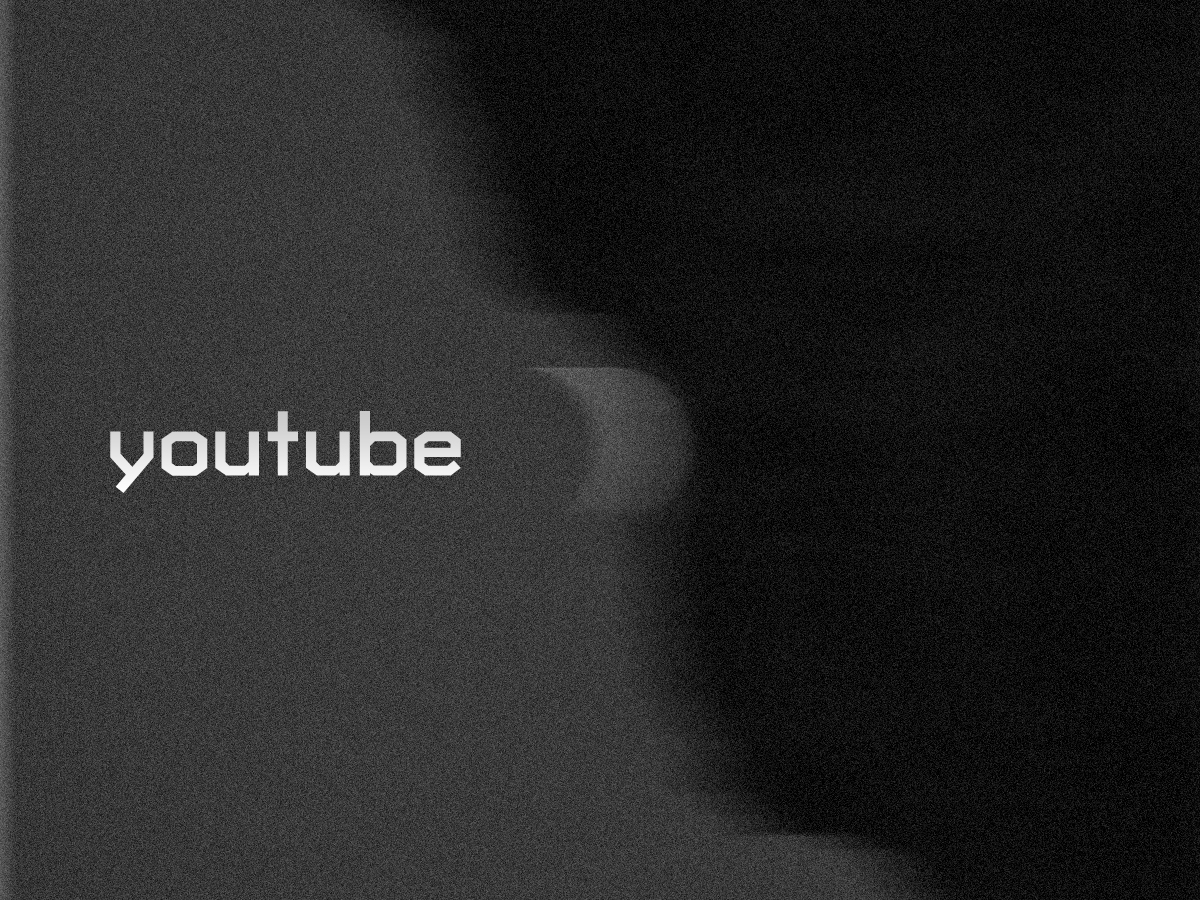YouTube’s AI Age Verification Sparks Backlash and Global Petition Movement
In a recent and controversial move, YouTube has begun rolling out AI-powered age verification, raising serious privacy concerns and triggering widespread public backlash. The platform now uses facial recognition technology to estimate a user’s age, a feature that has already been implemented in several countries including the UK, France, and Germany. But this new verification method is far from universally accepted.
What Is YouTube’s AI Age Verification?
YouTube’s AI age verification tool uses computer vision to analyze a user’s face and determine if they meet the platform’s age requirements—especially for accessing age-restricted content. This move is part of Google’s broader effort to comply with regulations like the Digital Services Act in Europe and COPPA in the U.S.
Unlike traditional methods such as ID uploads or credit card checks, the AI system aims to make the process frictionless. However, its reliance on biometric data has opened the floodgates for criticism.
The Growing YouTube AI Age Verification Backlash
Users and privacy advocates have raised red flags over how YouTube and its parent company Google handle facial data. The primary concern? Data privacy and consent. Critics argue that AI-based age checks could lead to misuse of biometric data, especially if stored or shared without clear user consent.
Social media platforms and tech news outlets have been flooded with posts expressing outrage and frustration. The phrase “YouTube AI age verification backlash” has been trending across platforms like Reddit, X (formerly Twitter), and even within YouTube’s own comment sections.
The YouTube AI Age Verification Petition
In response to mounting concerns, a global petition opposing YouTube’s AI age verification has quickly gained traction. Hosted on platforms like Change.org, the “YouTube AI age verification petition” already has tens of thousands of signatures and continues to grow daily.
The petition demands greater transparency around how facial data is collected, processed, and stored—and calls on YouTube to provide alternative, non-invasive methods for verifying age. Activists and digital rights organizations are also urging regulators to investigate the legality of this technology under GDPR and similar frameworks.
What’s Next?
While YouTube insists the AI verification tool is safe, accurate, and does not store facial images, the backlash shows no signs of slowing down. For now, the company appears to be monitoring feedback—but has not made any commitments to roll back the feature.
This controversy highlights a much bigger debate: How far should platforms go in using AI to enforce policies—and at what cost to user privacy?

